Tate Britain and Portrait Gallery

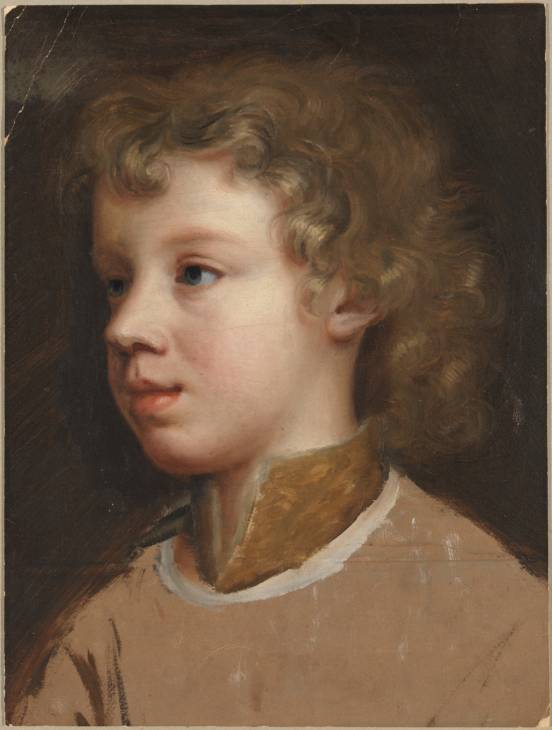
The first few rooms in chronological order from 1540-1650 were made up primarily of portraits.The second group of rooms showing work from 1650-1730 introduced new genres, such as landscape paintings and still lifes. The period also includes a 1660 painting of the son of the first female professional painter, Mary Beale.
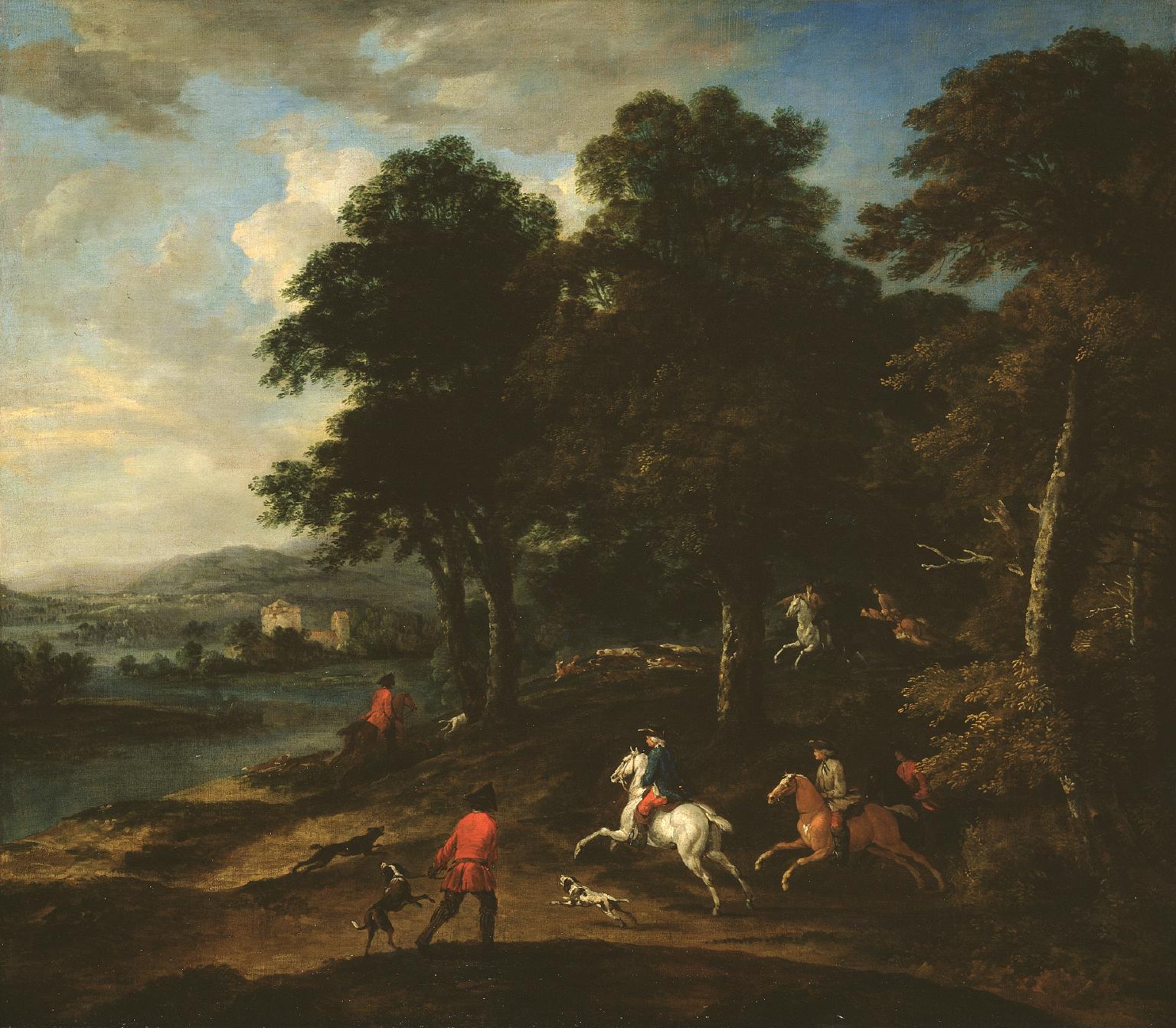
A 1720 painting of a foxhunt.
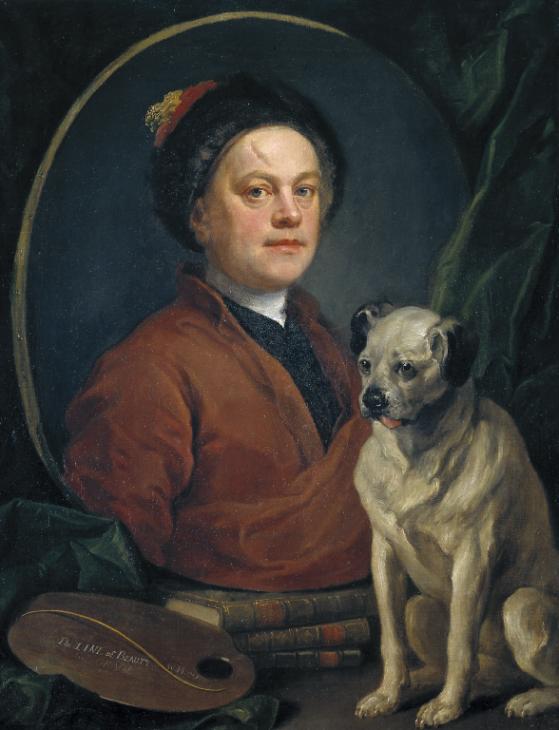
1730-1765 was a period of cultural growth. The earlier period is dominated by artists who are born and trained overseas, who have practiced their work in Britain. This period sees the emergence of native-born British artists of a national and international stature. Chief among these was William Hogarth, often referred to as the founder of the British school of painting. This is a self-portrait with his dog.

This is a Canaletto view of Greenwich.
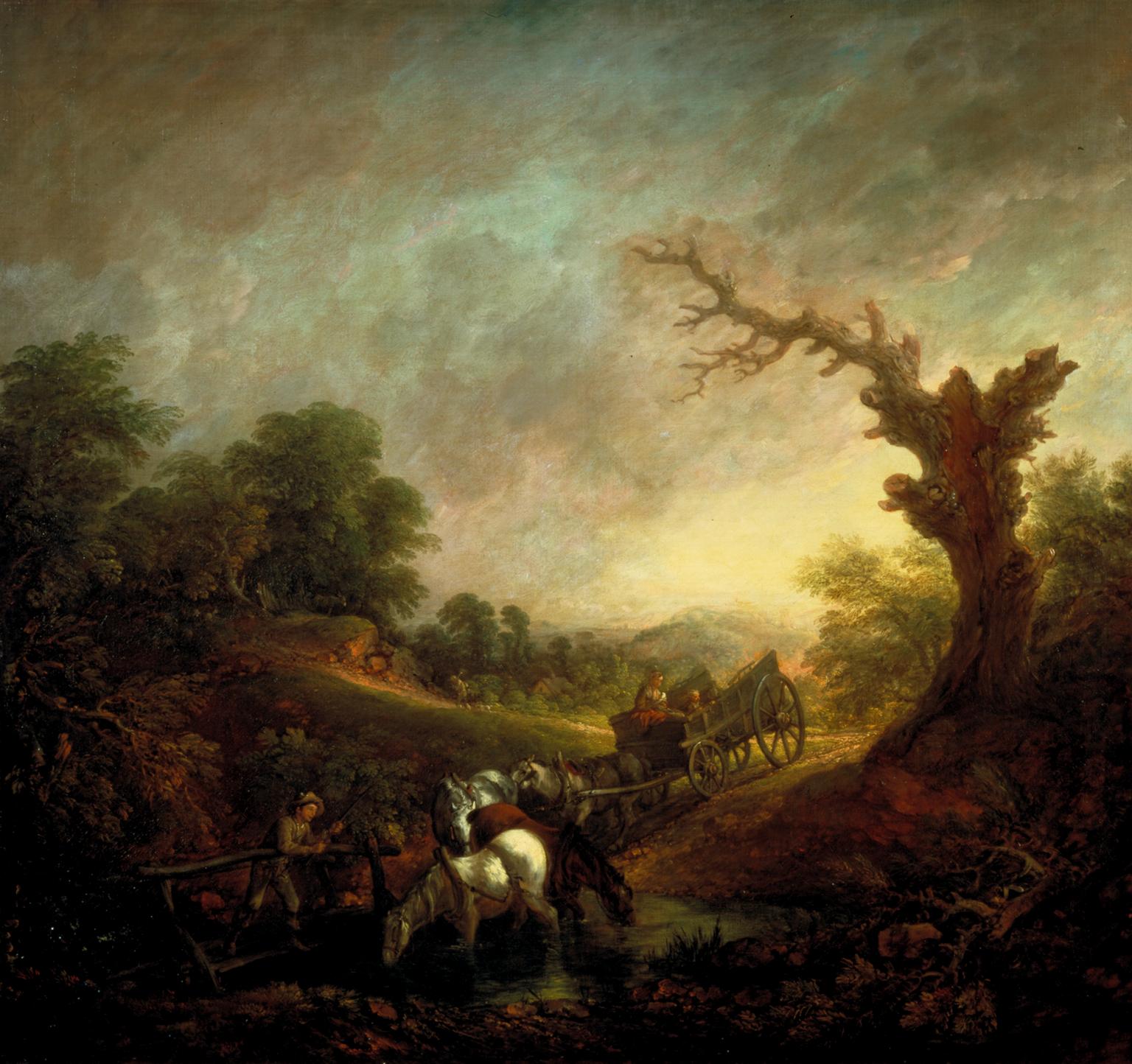
This is a Gainsborough Sunset:Horses Drinking at a Stream.
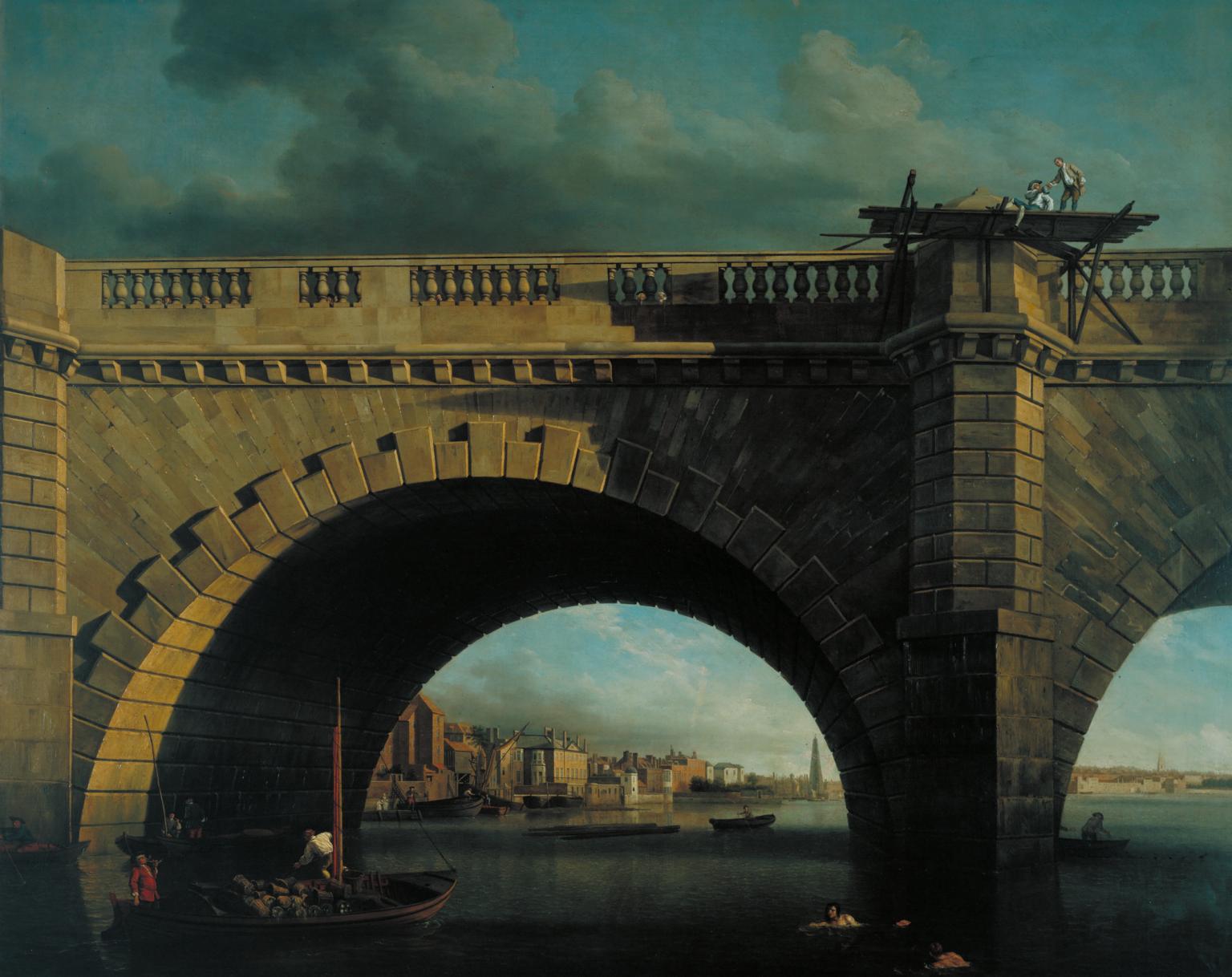
A 1750 view of Westminster Bridge by Samuel Scott.
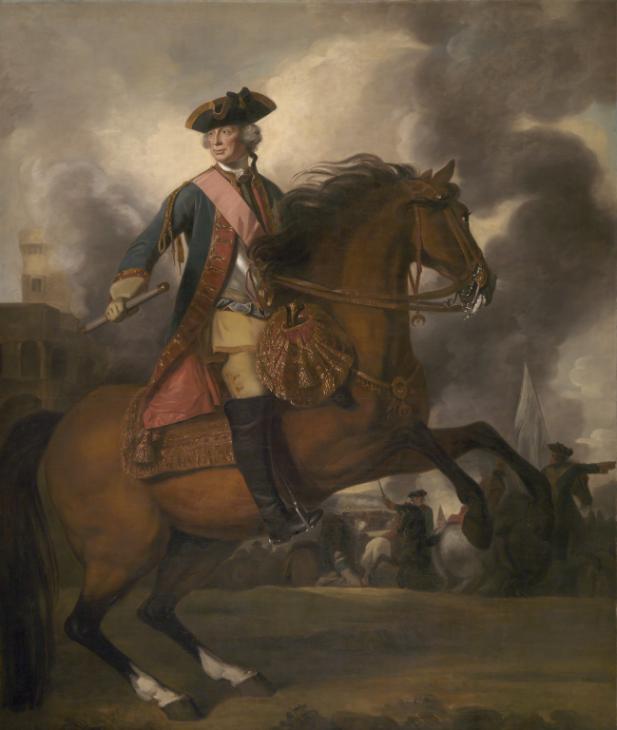
The period 1760-1780 was dominated by Joshua Reynolds, with this painting of Lord Ligonier.
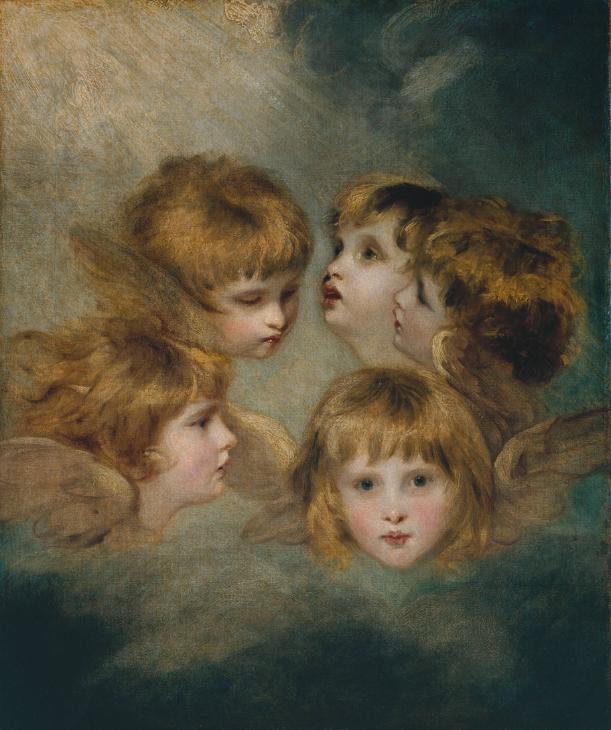
Another Reynolds, Angel's Heads.
The 1810 room contains landscape paintings by JMW Turner and John Constable. This is Constable's Sketch for Hadleigh Castle.
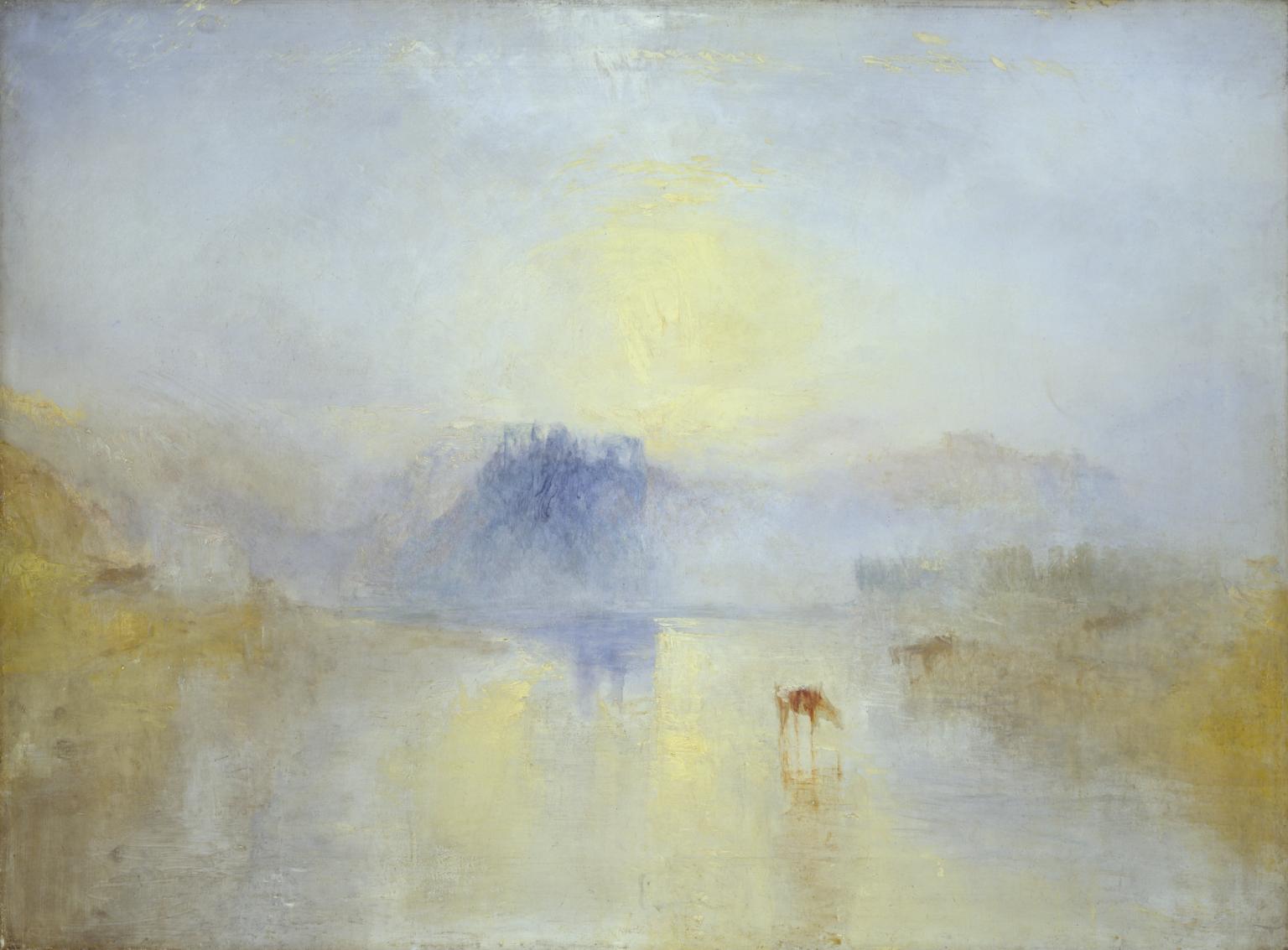
This is Turner's Norham Castle, Sunrise.
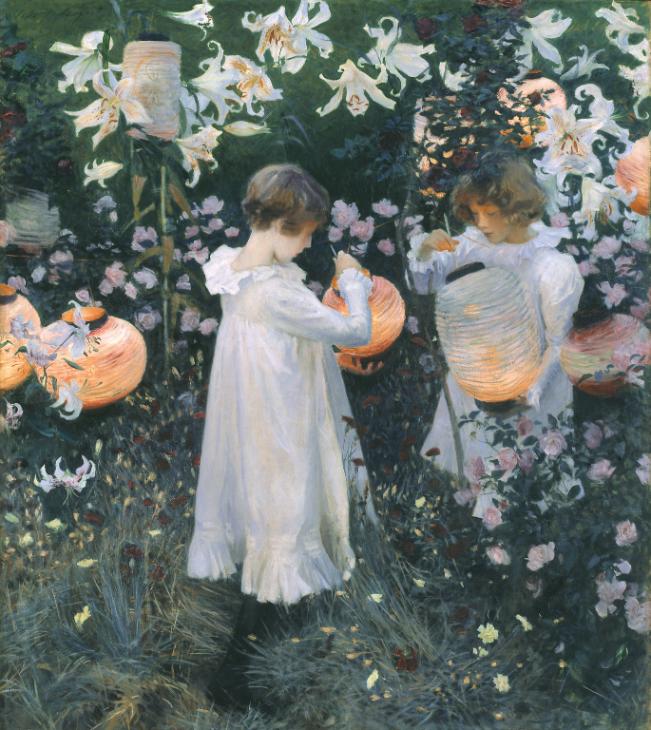
Another room had John Singer Sargent's Carnation, Lily, Lily, Rose.

In a special Turner exhibition they had his Rouen Cathedral.

There was also his Shipping at the Mouth of the Thames.

One of Turner's watercolors, Salisbury Cathedral from the East.

We started walking back, hoping to see Westminster Abbey, as we had in two previous trips. But there were two protests in the area, one against Brexit and another against slavery. So we saw only the outside.
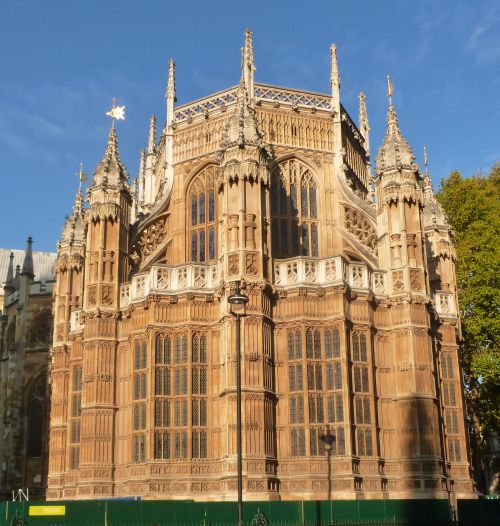
The exterior of the Henry VII chapel.

The south end of the House of Parliament.

We didn't want to wait hours to get into the Westminster Abbey so we walked to Trafalgar Square and stopped in St. Martin-in-the-Fields where an orchestra was preparing for a concert. .

We then went to the National Portrait Gallery and saw a portrait of Henry VIII.

Queen Elizabeth I.

Shakespeare.
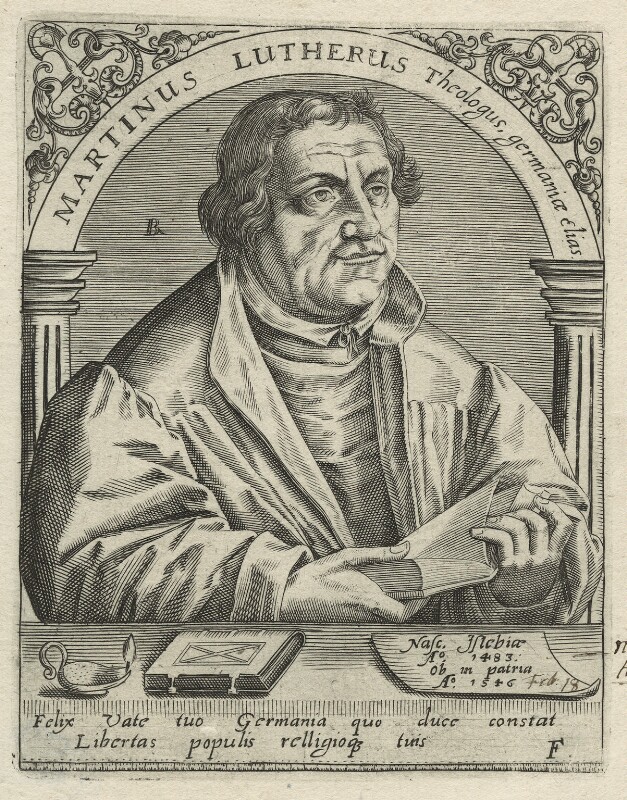
The Reformation spread across Europe and had profound consequences in England. This special display looks at a selection of the portraits of some of the most prominent figures of the early years of reform in England, including Martin Luther, Calvin, Knox, Erasmus, Tyndale and others.

After another busy day we went to the Belgo, a restaurant specializing in Belgian mussels, frites and Belgian beer. I had the pot of mussels and Elizabeth had a plate of mussels which included pureed spinach and cheese.
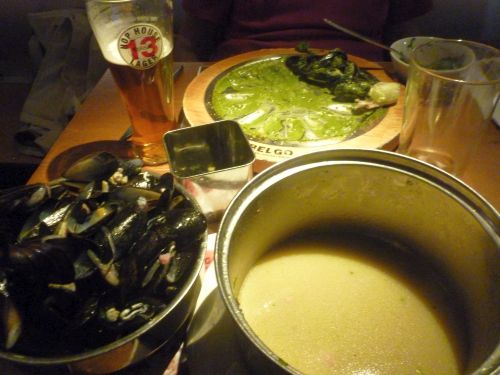
After the meal and before the Belgian chocolate mousse. We enjoyed the meal there so much we returned the next night. Tomorrow we will go back to the National Gallery and St.Paul's